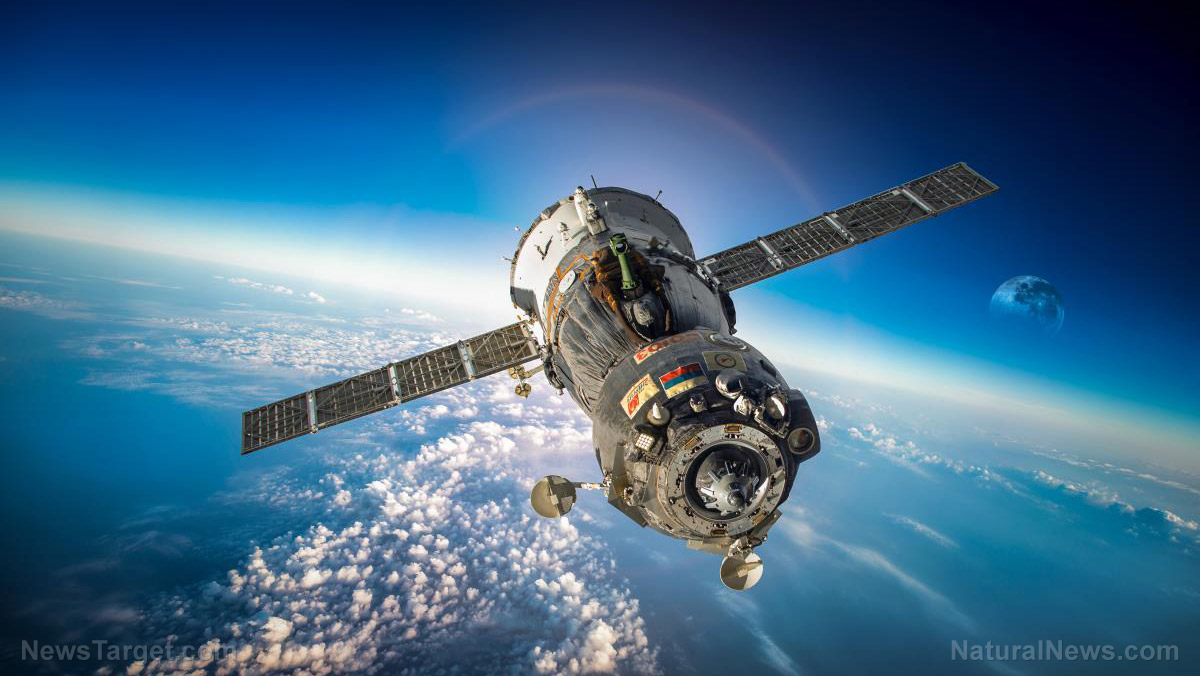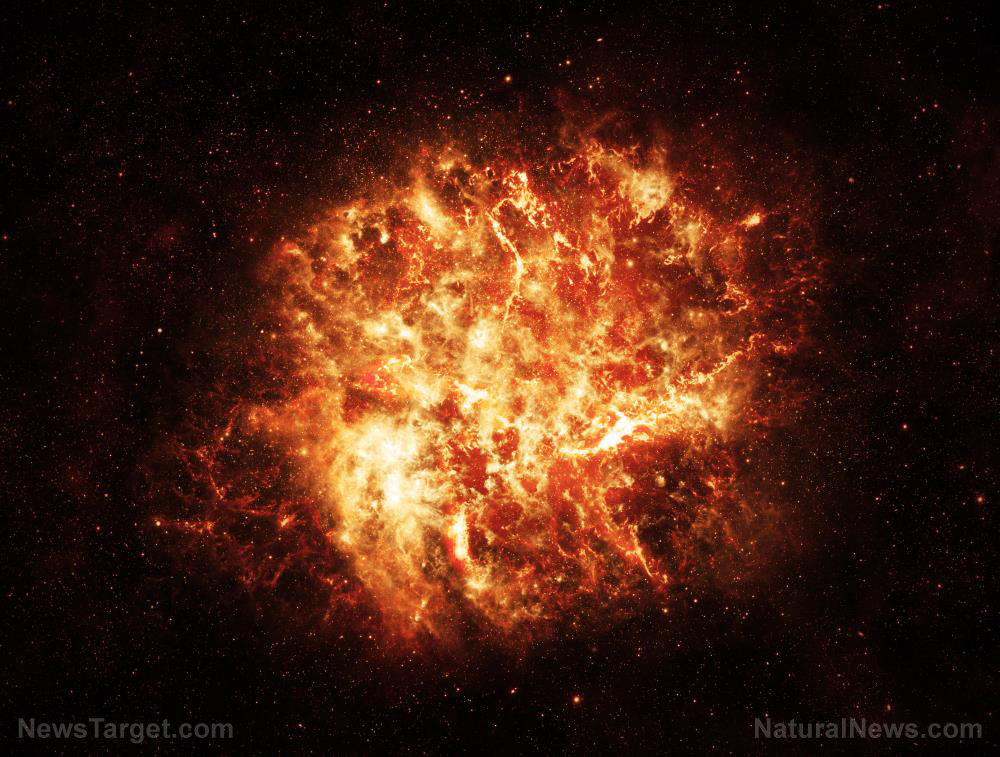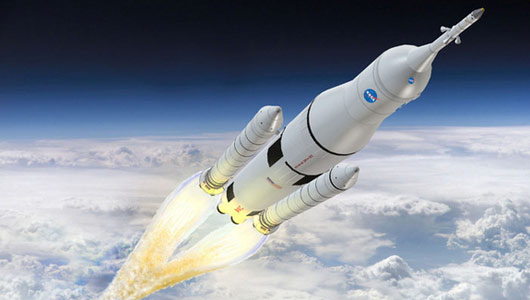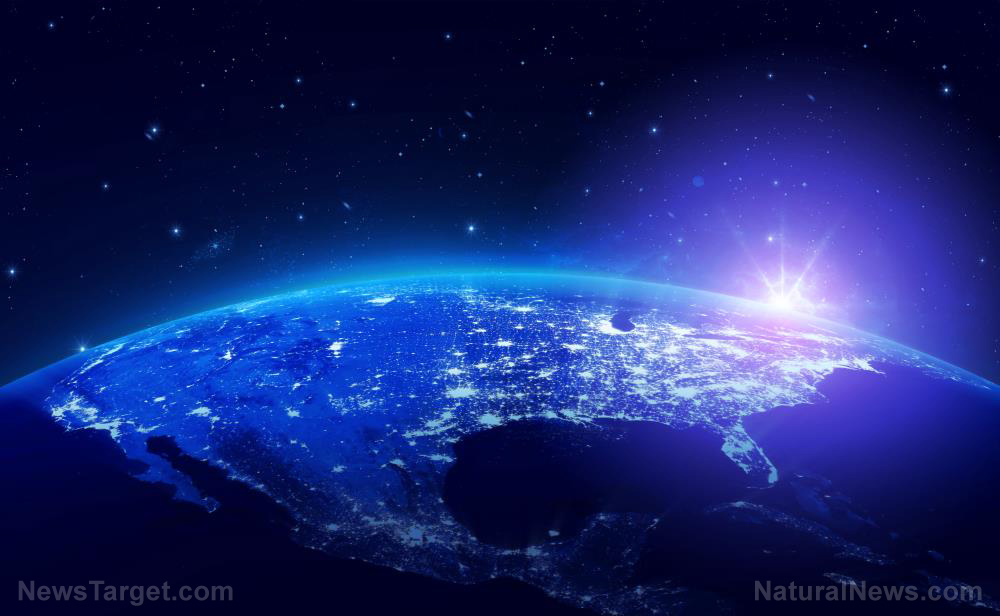Challenging assumptions about the universe: Study suggests black holes could be made of dark energy
09/10/2020 / By Virgilio Marin

A hypothetical form of black holes gets a second look after researchers from the University of Hawai?i at M?noa corrected a subtle error on previous models simulating the expansion of the universe.
Scientists call this “black hole” General Object of Dark Energy (GEODE): It looks like a black hole from the outside but is made of dark energy at its core. Beyond that, however, the nature of GEODEs remains unclear. For one, there’s still a lot scientists do not know about dark energy, a mysterious force proposed to explain how the universe expands despite the counteracting forces of gravity.
In a study published in the Astrophysical Journal, the researchers posit that a GEODE may be one possible outcome for dying stars. Large stars that went supernova could either collapse into a black hole or turn into a neutron star, a very dense star predominantly made of neutrons.
The team incorporated the small cores of collapsed, exploded stars. These cores are about the size of Honolulu – so small compared to what’s out there in space that astrophysicists are prone to leave them out in simulating cosmic expansion.
But the researchers argue that these little cosmic objects can play a major role in the spread of the universe.
“For 80 years, we’ve generally operated under the assumption that the universe, in broad strokes, was not affected by the particular details of any small region,” said co-author and astrophysicist Kevin Croker.
Their adjusted model shows that stellar cores can affect and be affected by cosmic expansion. In particular, they found that if the collapsed cores of ancient stars turned into GEODEs, their average effect on expanding space would echo that of dark energy.
“Black holes” made of dark energy may explain cosmic expansion
Scientists previously believed that the expansion of the universe is slowing down. That’s due to gravity, whose pull, according to the theory of relativity, would naturally draw cosmic systems and objects together, not away. But in 1998, this theory was proven wrong when two independent teams of astronomers found that the universe is expanding at an accelerated rate.
The finding has puzzled scientists ever since. They posit that there’s something unknown and mysterious that’s consistent with the expansion of the universe. They gave it a name: dark energy.
Scientists have developed models of cosmic expansion that takes dark energy into account. But it appears that they have neglected the little dense cores that remain after a star went supernova, observed Croker and co-author Joel Weiner.
In their model, Croker and Weiner demonstrated that the expansion rate of the universe can be sensitive to the average contribution of the compact cores. In the same manner, the objects can be affected by cosmic expansion by gaining or losing energy depending on their properties.
This interpretation has compelling applications, said the researchers. For one, it informs what form stars could take at the end of their lives. In particular, it supports an earlier theory that posited the existence of GEODEs. Its proponent was Erast Gliner, a physicist at the Ioffe Physico-Technical Institute in Russia, who proposed that massive stars can collapse into GEODEs.
In turn, GEODEs can help explain the mystery of dark energy. The team’s model showed that if a fraction of the oldest stars collapsed into GEODEs, their average effect today would look just like dark energy.
The results of the study also applies to the colliding double black hole system observed by scientists through the Laser Interferometer Gravitational-Wave Observatory (LIGO) and the Virgo interferometer. LIGO is the observatory that provided scientists the first piece of evidence of gravitational waves in 2015.
The observed waves were found to have come from the collision and merging of two black holes several light-years away. The pair of objects were roughly five times more massive than predicted by computer simulations.
Croker and Weiner considered whether the double black holes were double GEODEs, instead. Using their adjusted model, they discovered that GEODEs grow together with the universe during the time leading up to a collision. Once two GEODEs collide and merge, their combined mass is estimated to be four to eight times larger, which is around the estimate made through the LIGO-Virgo observations. (Related: Bizarre and fascinating: 9 Incredible things about black holes.)
The team noted that while their findings remain theoretical, they can’t be dismissed easily. Croker said, “What we have shown is that if GEODEs do exist, then they can easily give rise to observed phenomena that presently lack convincing explanations.”
Space.news has more on the peculiarities of black holes.
Sources include:
Tagged Under: black holes, cool science, cosmic, dark energy, expansion of universe, mysterious, Stars, supernova, Universe, weird
RECENT NEWS & ARTICLES
COPYRIGHT © 2017 SPACE.COM
All content posted on this site is protected under Free Speech. Space.com is not responsible for content written by contributing authors. The information on this site is provided for educational and entertainment purposes only. It is not intended as a substitute for professional advice of any kind. Space.com assumes no responsibility for the use or misuse of this material. All trademarks, registered trademarks and service marks mentioned on this site are the property of their respective owners.


















